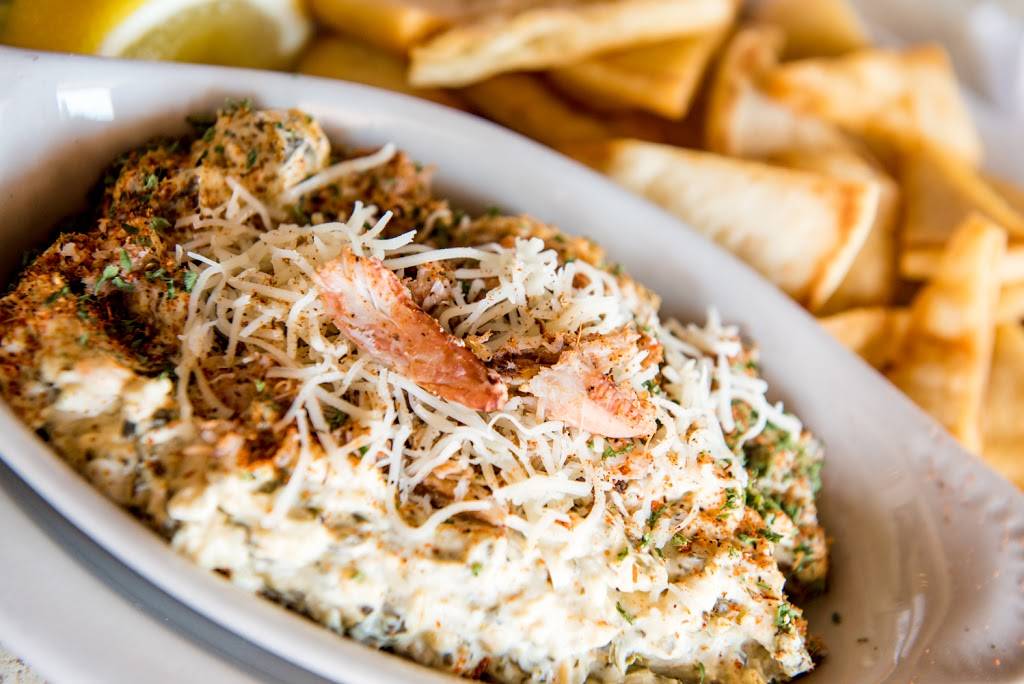
Coastal cuisine is a tapestry woven with the threads of geography, culture, and history, each strand imbued with the essence of the ocean. In regions where the land meets the sea, food is not just sustenance; it’s a narrative of the people and the environment, shaped by the rhythm of the tides and the bounty beneath the waves. This article delves into the historical influences that have crafted coastal cuisine, highlighting its evolution from traditional practices to its current incarnations, and celebrating its cultural significance.
The Roots of Coastal Cuisine
The journey of coastal cuisine in many regions begins with the indigenous populations and early settlers, whose diets were heavily reliant on the sea. Traditional fishing techniques such as line fishing, netting, and spearfishing were more than food procurement methods; they were harmonious interactions with the marine ecosystem. These methods dictated the types of seafood that featured in the local diet, leading to the development of region-specific dishes that are celebrated to this day.
For instance, the early coastal dishes often included simple, broiled seafood, seasoned with whatever local herbs were available, and sometimes paired with fruits or vegetables that grew near the shorelines. Such dishes were not only nourishing but also a reflection of the environment from which they sprung.
The Evolution of Coastal Cuisine
As communities grew and interactions increased among different cultures, coastal cuisine began to absorb influences from afar. The introduction of spices through trade routes added new flavors to traditional recipes, transforming simple seafood dishes into rich, complex culinary experiences. Technological advancements in fishing and cooking equipment also expanded the variety of seafood dishes, making techniques like deep-frying and smoking popular.
Modern interpretations of these dishes continue to evolve in restaurants like Sharkey’s, where traditional recipes are infused with contemporary techniques and global flavors, offering a modern dining experience while staying rooted in historical authenticity.
Signature Coastal Dishes and Their Stories
Each coastal region boasts signature dishes that tell stories of its history and people. In Myrtle Beach, dishes like shrimp and grits or fried catfish hold a special place in the culinary landscape. These dishes are steeped in tradition and local flavor, often passed down through generations.
Ingredients from the Sea
The types of seafood that populate coastal menus are as varied as the oceans themselves. From shellfish like oysters and clams to various kinds of fish such as snapper and mackerel, each ingredient tells a part of the region’s culinary story. Sharkey’s commitment to using locally sourced seafood not only supports the local fishing industry but also ensures that diners receive the freshest, most flavorful dishes.
Sustainability is a crucial consideration in contemporary coastal cuisine. Practices like sustainable fishing and responsible aquaculture are vital for preserving marine biodiversity and ensuring that future generations can also enjoy the gifts of the sea.
Coastal Cuisine in Festivals and Celebrations
Coastal cuisine plays a central role in local festivals and community celebrations, often serving as a focal point for gatherings. In Myrtle Beach, seafood festivals not only showcase the region’s rich array of seafood but also bring people together in celebration of shared heritage and culinary traditions.
Preserving Coastal Culinary Heritage
Educational efforts play a significant role in preserving the culinary heritage of coastal communities. Sharkey’s engages in these efforts by hosting cooking demonstrations and participating in local food expos. By educating both locals and tourists about the history and techniques of coastal cuisine, Sharkey’s helps keep the culinary traditions alive.
The Future of Coastal Cuisine
Looking forward, coastal cuisine is set to incorporate more innovative trends while facing challenges such as climate change and overfishing. The adaptability of coastal communities and restaurants like Sharkey’s will be crucial in navigating these challenges while continuing to offer culinary delights.
We invite everyone to explore the rich flavors and storied history of coastal cuisine. Whether it’s dining at Sharkey’s, participating in local food festivals, or simply cooking a traditional seafood dish at home, there’s a multitude of ways to celebrate and preserve this vibrant culinary tradition.

Leave Comments